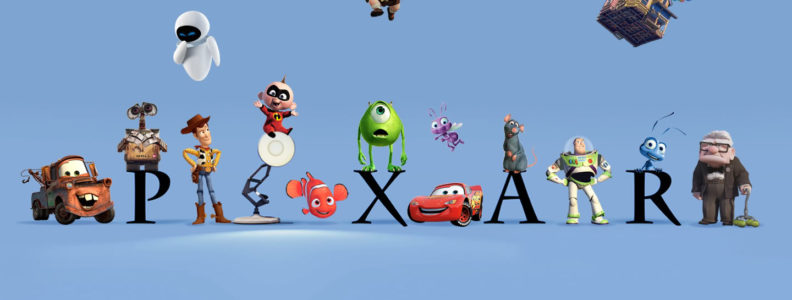Maintaining momentum on your work in progress can be difficult and it’s never more difficult when your own brain gets in the way. All those little doubts that make you question if the scene is any good or if you should throw that outlined plot twist out the window in favor of the new cool idea you just thought of. The indecision is enough to give you that deer in the headlights look, unsure which chattering shoulder angel to listen to.
Do I have the hero kill the villain or do I have them go out for shawarma?
It’s questions and doubts like these that almost always bring my word stampede to a screeching halt. It took me years to figure out that the source of this wasn’t inexperience. It was me. It was my own self-doubt, a.k.a. impostor syndrome, a.k.a. I’m getting in my own way……again.
Now I’ve talked before about WTFS (Write the F-ing Sentence) and while that’s similar, it’s not the same thing. This is more than questioning if their coat should be azure or cerulean. It’s deciding whether or not the romance between two characters that your writer brain suddenly wants to add is going to be a good addition or a distraction from the main plot. It’s deciding if spending the next four pages exploring a character’s backstory is necessary or if it’s better to use that space for a secondary character’s nervous breakdown. The stakes are much higher with these sort of quandaries and it’s that pressure that stops progress. If it were as simple as choosing a hair color then it would be a bad habit that’s easily fixed. However since the root of the problem is a lack of self-trust rather than indecision it’s a lot harder. The only solution I’ve found is a three step process.
- Relax. Take a walk or a short breather to let the mental tension and anxiety melt away. The right words will come easier when you’re relaxed.
- Take a deep breath and go with the impulse. There’s a reason your subconscious suggested it in the first place. There’s no harm in trusting it…for now.
- Re-evulate. After the manuscript is finished, go back and re-read that section. If you hate it you can rewrite that section. Most of the time, when I’ve trusted my subconscious, I’ve really liked the resulting scene(s). But if I ever dislike a spontaneous scene I still won’t regret writing it because I didn’t let indecision stop me from completing the story.
I admit, the first time I tried these steps it felt like I was taking a huge leap of faith. And in some respects I was. But it was only through this that I was able to learn to trust my subconscious and not panic because a chipmunk suddenly wanted me to tell its life story. You’ll never know if the chipmunk’s story will provide the answers you need for later conflicts if you don’t allow it to speak in the first place.




